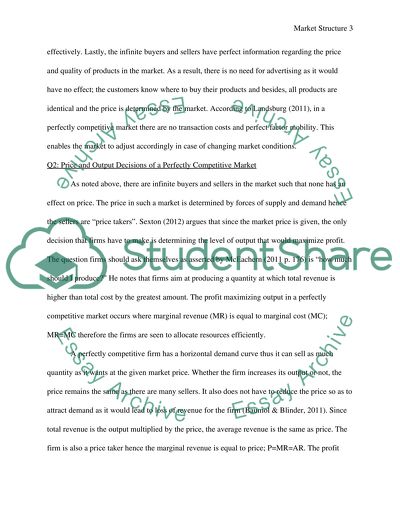Cite this document
(“Market structure Essay Example | Topics and Well Written Essays - 1750 words”, n.d.)
Retrieved from https://studentshare.org/marketing/1398902-market-structure
Retrieved from https://studentshare.org/marketing/1398902-market-structure
(Market Structure Essay Example | Topics and Well Written Essays - 1750 Words)
https://studentshare.org/marketing/1398902-market-structure.
https://studentshare.org/marketing/1398902-market-structure.
“Market Structure Essay Example | Topics and Well Written Essays - 1750 Words”, n.d. https://studentshare.org/marketing/1398902-market-structure.


